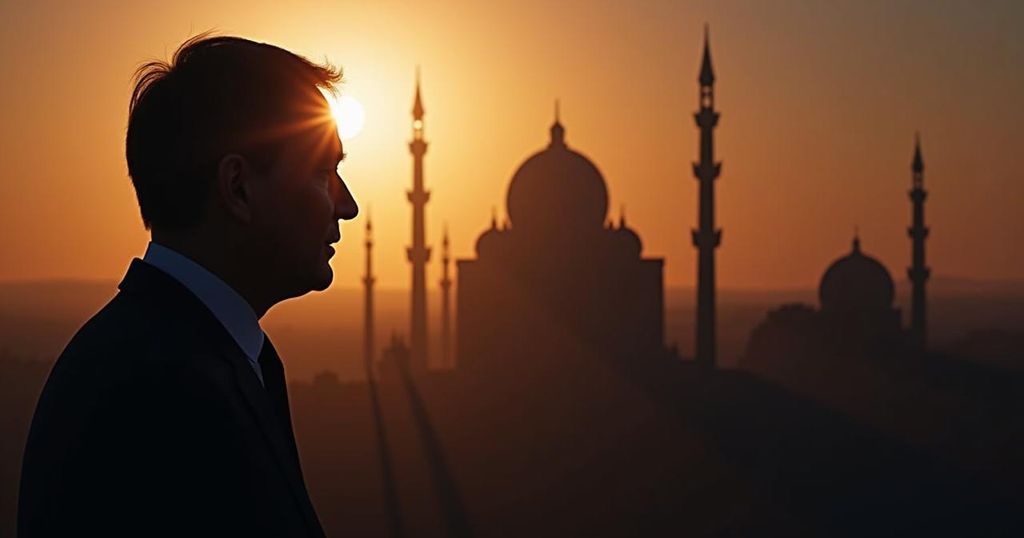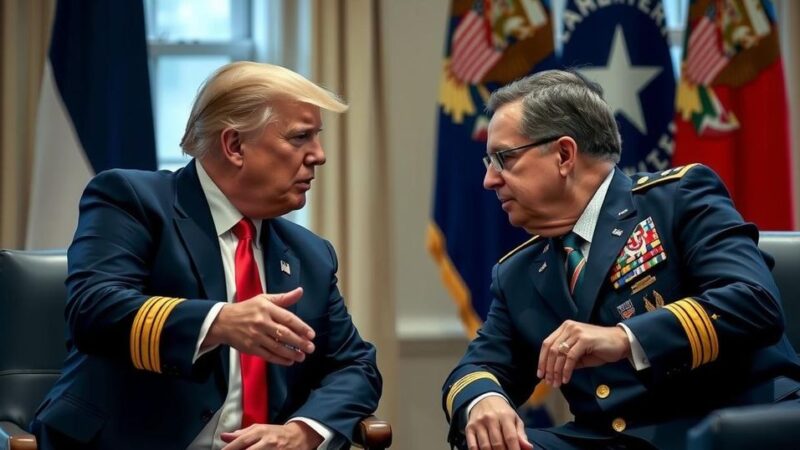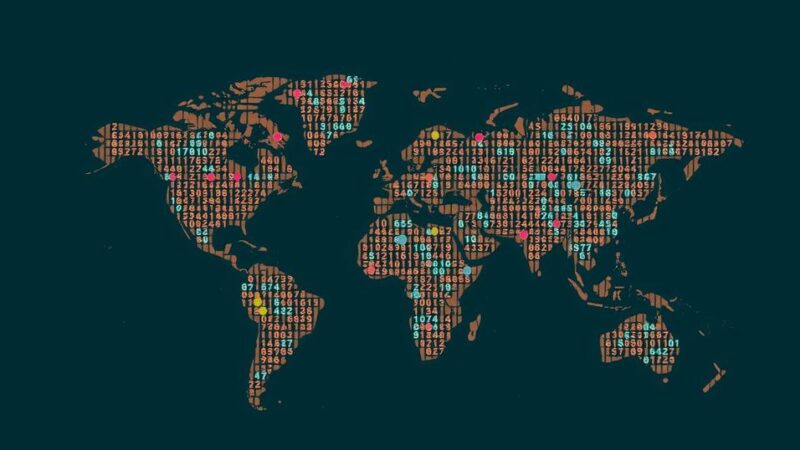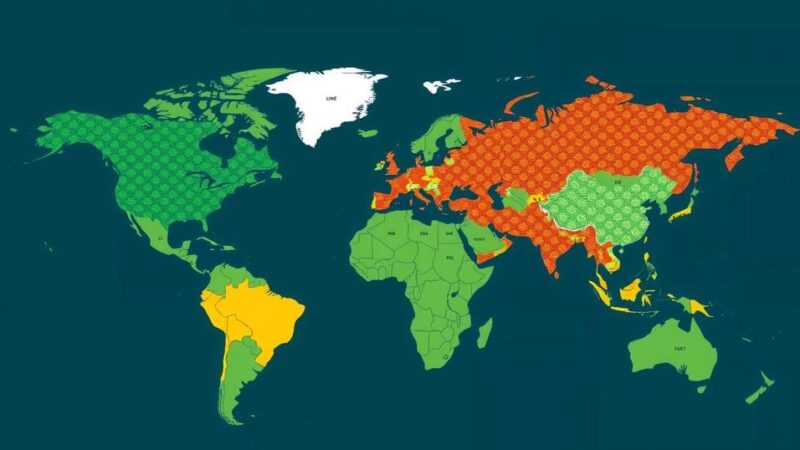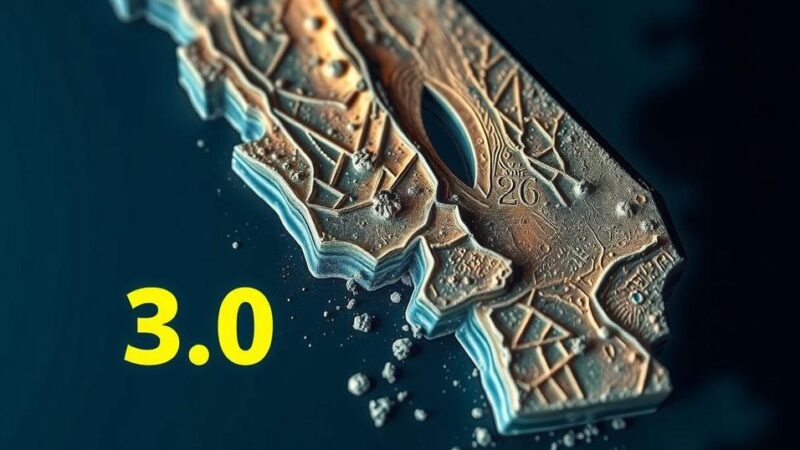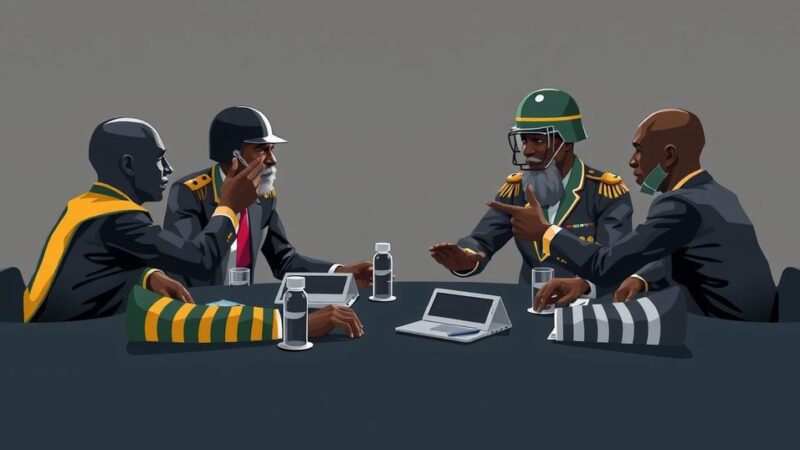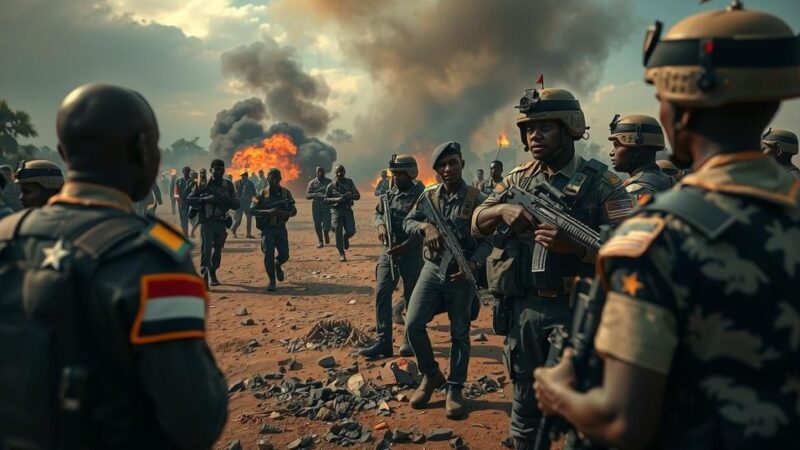Hassan Nasrallah’s tenure as Hezbollah’s leader combined charisma and militant tactics, but his legacy has devolved into that of a corrupt warlord. Israel’s assassination of him aligns with a trend of failed strategies to resolve complex issues via targeted killings. His leadership showcased the inability to achieve lasting peace, as he transformed Hezbollah into both a formidable military force and a key player in regional authoritarianism. The broader implications of his assassination suggest a continuation of conflict rather than resolution, echoing historical miscalculations in addressing the underlying causes of turmoil in the Middle East.
Hassan Nasrallah, the longstanding leader of Hezbollah, rose to prominence through a combination of charismatic leadership and militant capability. However, his tenure culminated in a legacy that mirrors that of other corrupt warlords, as he navigated complex regional dynamics with limited success. Israel’s recent assassination of Nasrallah is a decision laden with historical irony and potential consequences, harkening back to past miscalculations that highlighted the limitations of relying on extrajudicial killings as a means of resolving protracted conflicts. While Nasrallah evoked admiration and loyalty among many, notably for the military efficacy displayed under his command—most significantly leading to Israel’s withdrawal from southern Lebanon in 2000—his leadership also bore witness to divisive tactics and authoritarian governance. The transformation of Hezbollah under Nasrallah was not merely the result of his personal agency, but rather a reflection of broader systemic influences, including Iran’s strategic interests and the evolving political landscape of the Middle East. Despite his adeptness in military strategies, particularly against Israel, Nasrallah’s legacy is tainted by Hezbollah’s significant role in domestic political violence and repression in Lebanon and Syria, contributing to the criminalization of economic and political rivalries. Hezbollah’s shift towards protecting the interests of the Assad regime during the Syrian civil war further obscured its initial resistance ideals, ultimately framing it as a key player in the region’s authoritarian landscape rather than a champion of reform. Although the assassination may provide short-term tactical relief for Israel, the historical narrative suggests that such actions rarely lead to sustainable peace. In the wake of Nasrallah’s demise, Hezbollah has a succession plan in place, ensuring its continued influence within Lebanon, albeit amidst a backdrop of severe socio-political turmoil caused by both internal and external pressures. The consequences of continued military aggression and the obliteration of state structures may yield a situation analogous to previous conflicts where fragmented realities foster extremism rather than stability. Should Israel persist in its aggressive military posture without engaging in genuine diplomacy or addressing underlying grievances, the prospect remains that Hezbollah might revert to guerrilla warfare tactics, instigating a perpetual state of conflict rather than permitting the establishment of a robust, peaceful order.
The backdrop to Hassan Nasrallah’s leadership of Hezbollah is marked by historical patterns of violence and political strife in the Middle East. After assuming leadership in 1992, following the assassination of his predecessor, Nasrallah’s rise coincided with significant shifts in regional power dynamics, particularly relating to the Israeli-Palestinian conflict and the influence of Iran in Lebanon. Over the decades, Hezbollah cultivated a reputation as an effective resistance movement against Israeli aggression, evidenced by their role in the 2000 withdrawal of Israeli forces from southern Lebanon and resilience during the 2006 conflict. Despite this façade of strength, Hezbollah’s association with violence against various domestic uprisings and complicity in the repression of civil liberties in Lebanon complicates its public image. Internationally, the assassination of leaders like Nasrallah raises questions about the efficacy of such extreme measures in achieving long-term peace, given the historical failure to quell opposition through targeted killings.
In the final analysis, while Nasrallah’s demise may signify a notable shift in the tactical landscape of the Middle East, it is unlikely to yield a durable resolution to the entrenched conflicts in the region. The complex legacy he leaves raises critical questions about the future direction of Hezbollah and the broader socio-political fabric of Lebanon. With deeply rooted grievances and a pattern of violence perpetuated through years of conflict, a mere change in leadership may not suffice to dismantle the structures of militancy and corruption that have come to define both Hezbollah and Lebanon. Historical patterns suggest that without genuine reconciliation efforts and the establishment of just governance, the cycle of violence and instability is likely to continue.
Original Source: foreignpolicy.com
